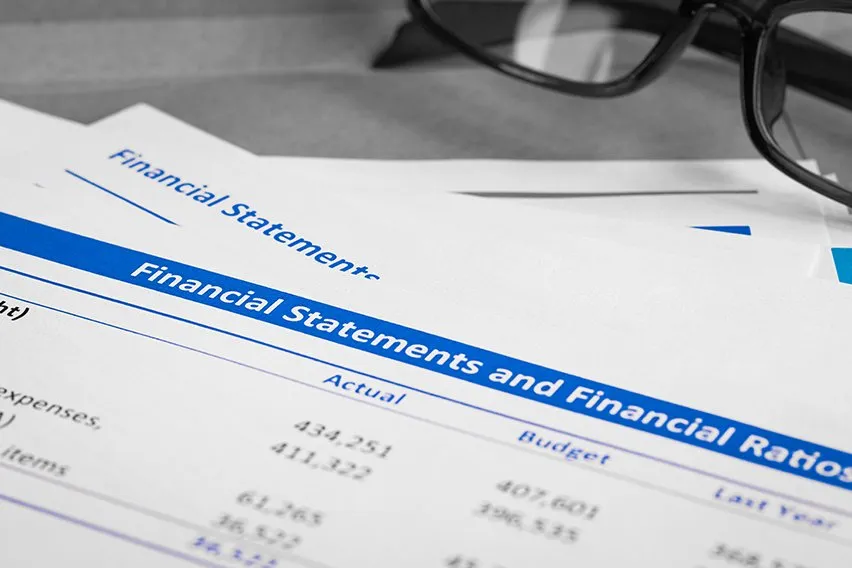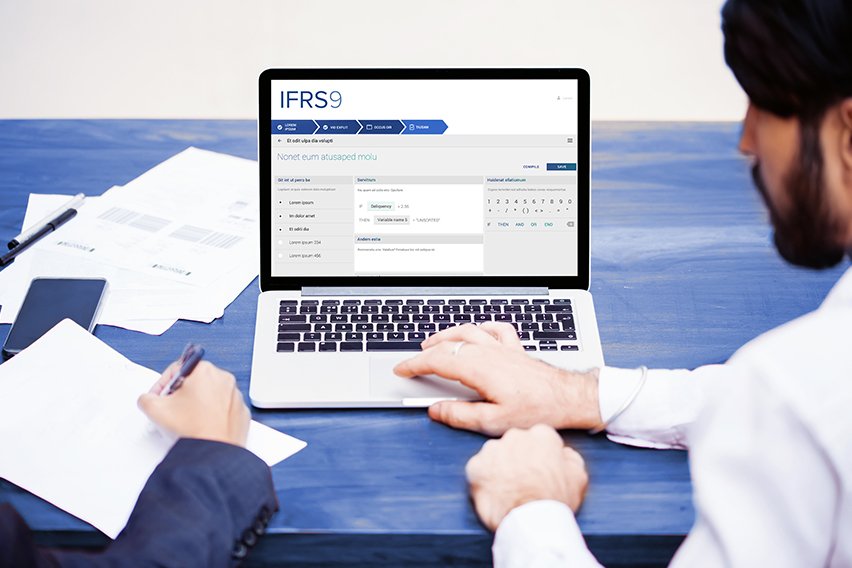What Is a Financial Statement? Overview, Definition & Types

Financial statements teach you about your business. Learn all about them in this quick guide!
For many business owners, financial reports are largely for taxes and accountants. But looking at the business’s financial statements is like looking into its internal organs. If you can decipher them accurately, you can spot any signs of struggle from a mile away.
It’s worth knowing the different types of financial statements and what they are all used for. It will help you make better business decisions going forward. Key stakeholders may also want to see your financial metrics from time to time. So solid financial reporting, supported by the best financial reporting software, is important.
Here’s What We’ll Cover:
What Is a Financial Statement?
What Are The Different Types of Financial Statement
What Is a Financial Statement?
A financial statement is a document that shows the financial activities of a business. It’s your financial record of any and all transactions the business has done during a set accounting period.
They are very useful because they provide evidence of your income and expenditure. This is vital in the event of an audit by a government agency. It also helps you keep accurate records for tax.
However, financial statements are not just for tax purposes. Reviewing them often is also a key way to take the temperature of your business.

Just by looking at your financial statement reports, you can tell:
- If a marketing campaign you are currently running is working
- Where you can cut back on operating expenses
- If your business model is currently sustainable
- From where do you earn the most income
What Are The Different Types of Financial Statement?
There are 3 main types of statements you should know about as a business owner.
-
Balance Sheet
Your balance sheet is a snapshot of the business’s assets, liabilities and shareholder’s equity on one document. It will almost always focus on the tax year.
The assets are cash, cash equivalents, accounts receivable and inventory value.
The liabilities are debts, wages payable and dividends payable.
If all of the assets were sold and liabilities paid off, the shareholder’s equity is what remains.
Reviewing the balance sheet is a good way of seeing the overall business health. They are like annual financial reports.
-
Income Statement
Income sheets focus on a different reporting period than balance sheets. You can have income statements for the month, quarter, or tax year.
It accounts for your total revenue, total expenses and net income.
Your revenue is the total value of all the sales you’ve made during that accounting period.
Your expenses are any and all outgoings from your business account for the same time frame. Administrative expenses, operational expenses etc.
The net income is the revenue minus expenses and taxes.
Ideally, your revenue is higher than your expenses so you have some gross income or profit.

-
Cash Flow Statement
Cash flow is the movement of incoming and outgoing money from your accounts.
Is your business generating enough cash to always have enough to pay debts and expenses?
Your cash flow statement can tell you that instantly.
Typically your cash flow statement is divided into three sections:
- Operating activities cash flowThis is similar to your income statement. It accounts for the cash flow from your business activities. The money you’re generating from selling goods and services. Countering that with expenses from wages, debts, taxes and other operational outgoings.
- Investing activities cash flowThis shows you the cash flow from investing in the business’ long-term health and strategy. This could be buying a property, lending to suppliers etc.
- Financing activities cash flowThis is regarding the money that you receive from shareholders and how much you pay out to them. This could be long-term debt, short-term debt, stock acquisitions etc.
Statement of cash flow combines these three activities into one document to see how money is flowing and out of business.
Key Takeaways
As a small business owner, it’s good practice to keep an eye on your statements periodically. And we’re not just saying that because we’re an accounting software provider! A sound financial statement analysis ensures the longevity of a prosperous business.
For more accounting guides like this one, head to our resource hub!
RELATED ARTICLES

 What Is a Transaction? Definition & Meaning in Accounting
What Is a Transaction? Definition & Meaning in Accounting What Is IFRS (International Financial Reporting Standards) – Accounting
What Is IFRS (International Financial Reporting Standards) – Accounting Financial Intermediaries: Definition, Importance & Function
Financial Intermediaries: Definition, Importance & Function What Is BPS (Basis Points) In Finance? Definition & Calculation
What Is BPS (Basis Points) In Finance? Definition & Calculation What Are Internal Sources of Finance?
What Are Internal Sources of Finance? Explaining CAPM Model (Capital Asset Pricing Model)
Explaining CAPM Model (Capital Asset Pricing Model)